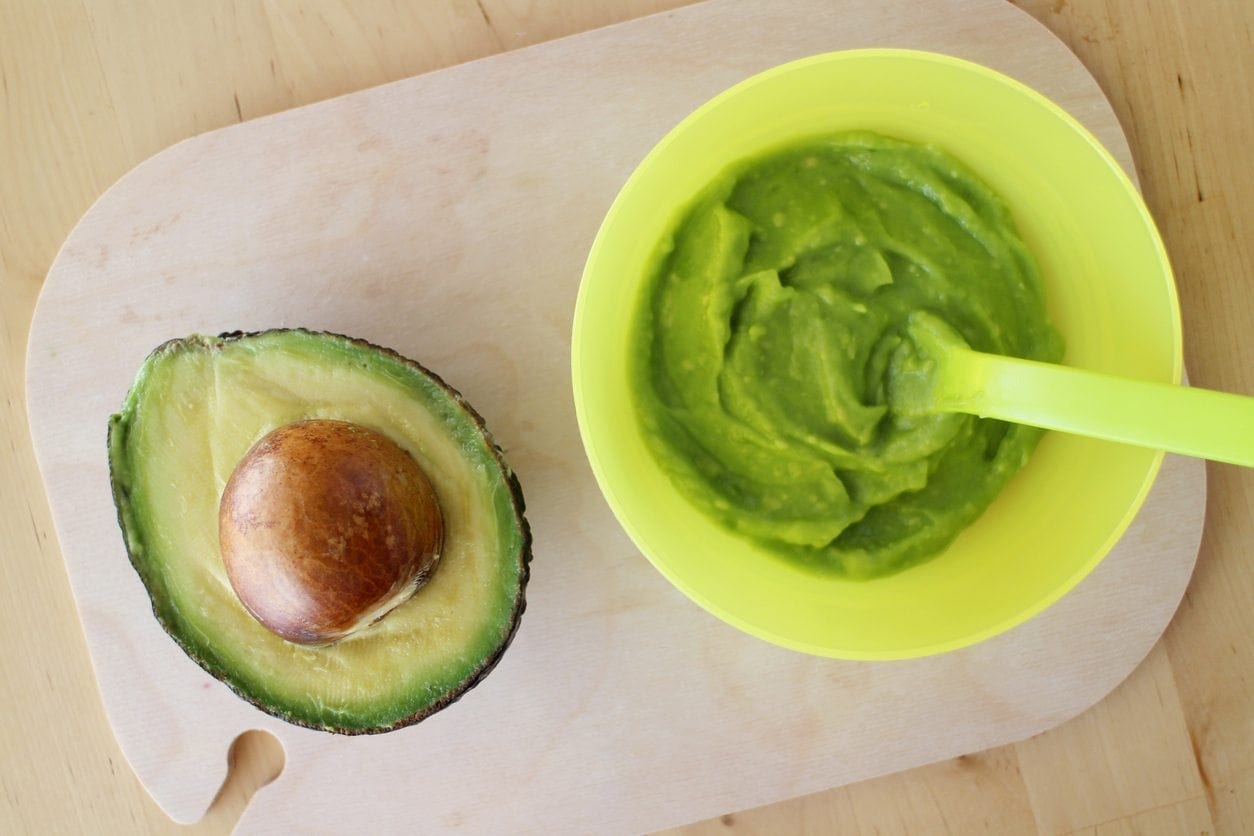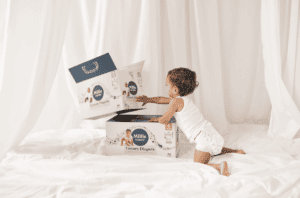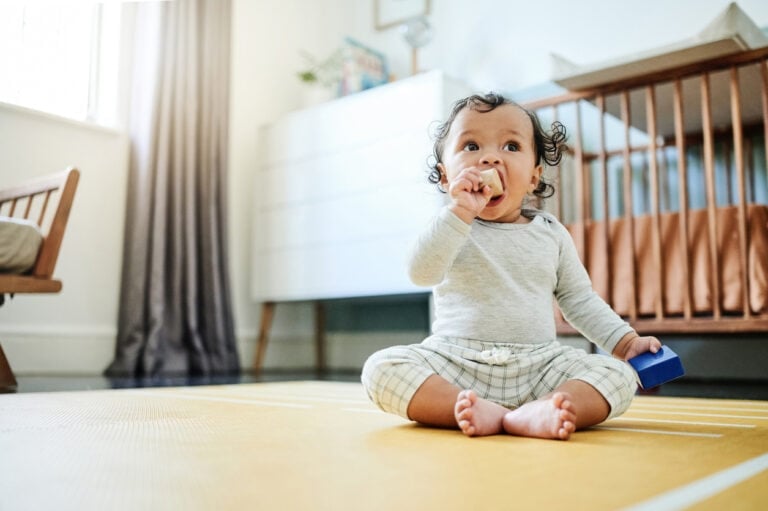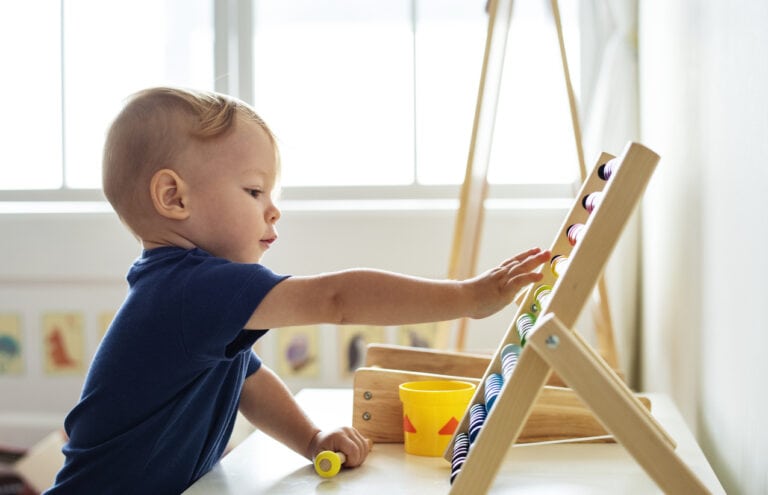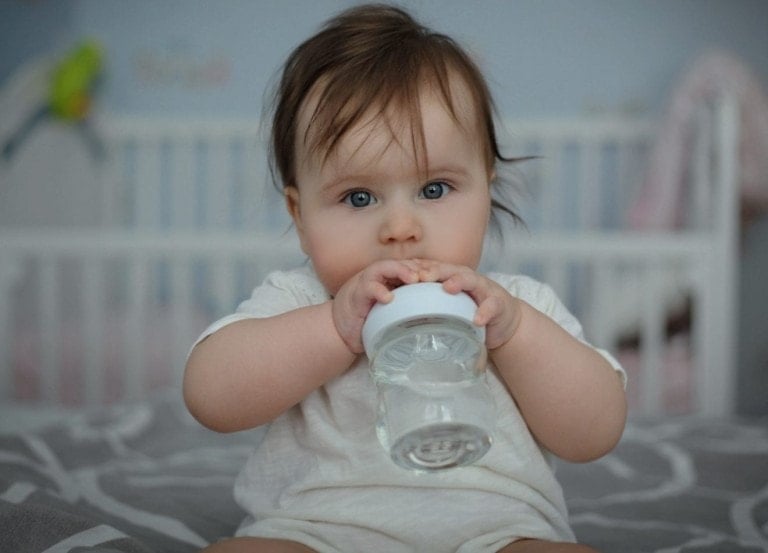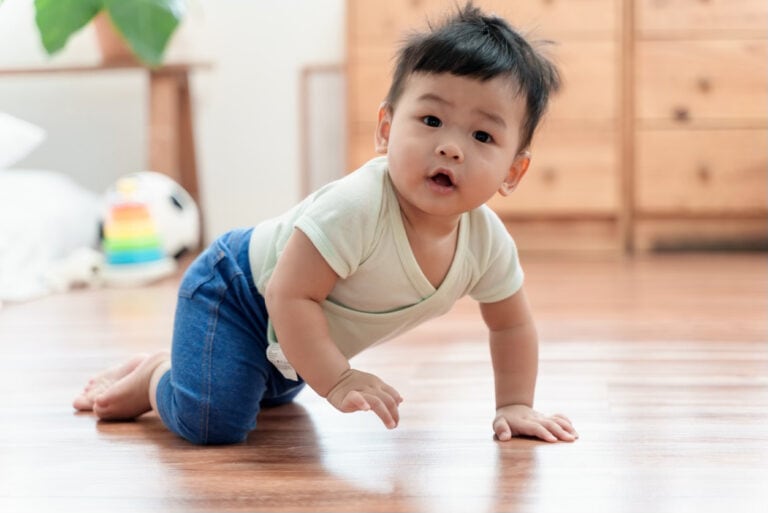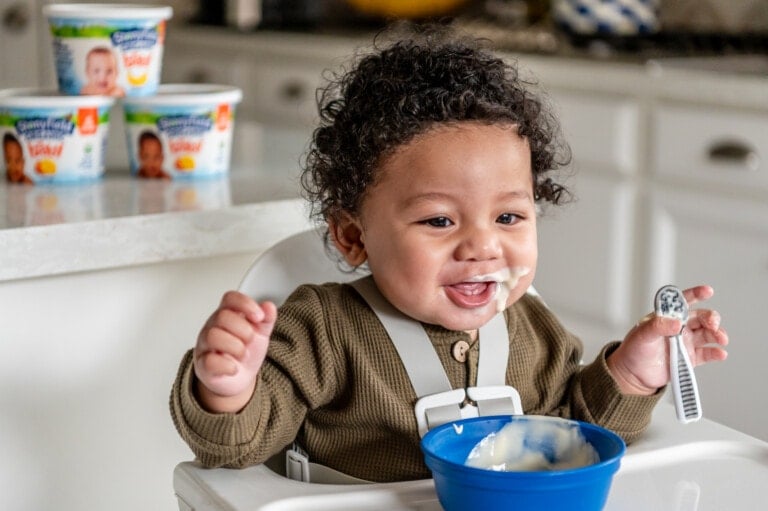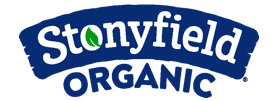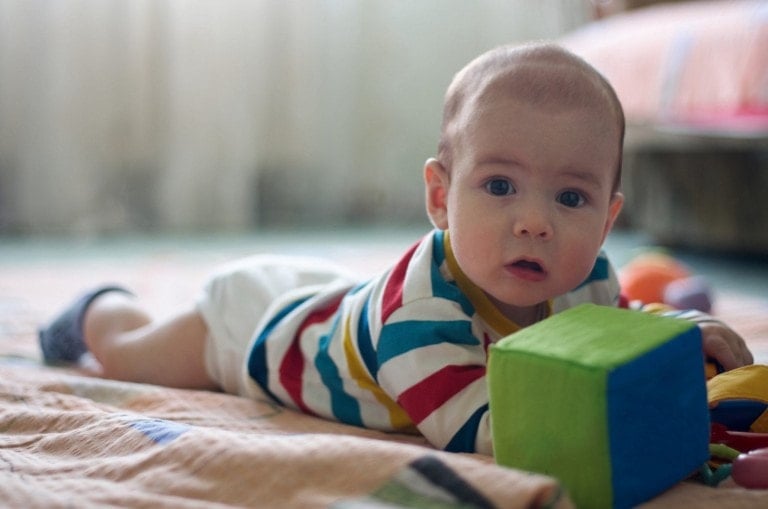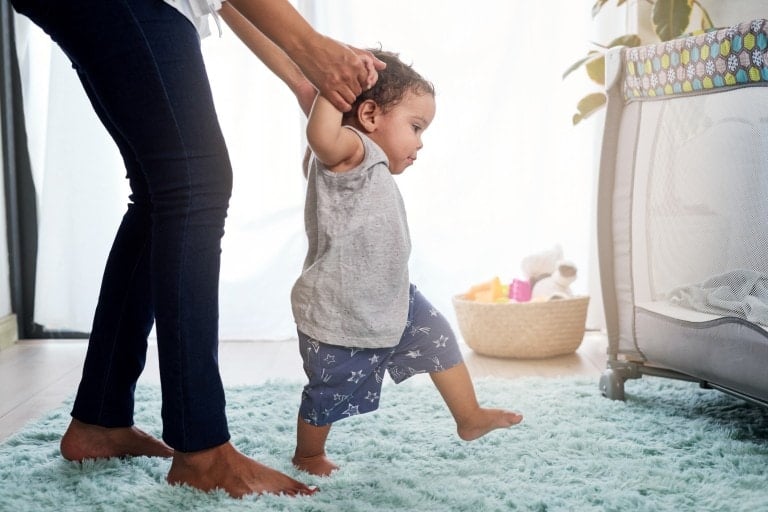Let’s face it, babies are expensive. I love the convenience of walking down the baby food aisle and grabbing jars of ready-to-go puréed foods for my little guy, but spending $3-4 a day on top of all the other added expenses seems like nonsense in the grand scheme of things.
Today I’m sharing tips for making homemade baby food while keeping it budget-friendly and simple.
Items You Will Need:
- Vegetables and fruits of your choosing
- Blender or food processor
- Rice cooker or vegetable steamer
- BPA-free ice cube trays
- Zip-Lock bags or food storage containers
- A few hours of your time
Make a List
Buying fruits and vegetables while in season and in bulk is key to saving money. Frozen bagged vegetables work just as efficiently as fresh ones and cut down on time when cooked in the microwave. Depending on the weather, I may also grab a few immune-boosting foods packed with vitamin C or nutrient-dense vegetables to help combat sickness during the colder weather months. I’ve found that fruits don’t offer as much puree as steamed or cooked vegetables. So add a few more fruits to your shopping cart.
I have a few staples that always make it onto my list, including:
- Carrots
- Spinach
- Bananas
- Raspberries
- Oats
Carrots are a great source of vitamins A, C, and K. They also are a good source of fiber, which is excellent for keeping a baby’s bowel movements regular. Spinach is a nutrient-dense food containing high levels of vitamins A and K while also producing a lot of purées. Bananas have a good source of vitamin C and fiber. They are great for creating more texture and consistency in your homemade baby food. Raspberries are great antioxidants and have a good source of vitamin C. I opt for them specifically because my little guy loves their taste. Oats also have a great amount of fiber in them. They can be blended into a fine powder to add to purées to thicken. As you begin your homemade baby food making journey, you will discover what fruits and vegetables are best for baby and you!
Cooking
Cooking things in the order they will be ready is key to making the process go smoothly. Kind of like an assembly line. Larger vegetables like pumpkin or squash need to be cleaned, pitted, and put into the oven to cook thoroughly before blending them. Small berries, like raspberries or blueberries, can be washed and immediately placed into a mixture. This can sometimes be a trial-and-error progression, but eventually, you will get the hang of it! I try to utilize my entire kitchen by using my oven, vegetable steamer, blender, and sometimes microwave all at the same time.
As your bigger vegetables are in the oven or steamer, start blending down your softer fruits or vegetables, such as a banana. I like to use the entire bundle of bananas by cutting them into bite-size pieces. I then place them in the blender with a small amount of water. As they blend into a liquid state, feel free to add more water to get a comfortable texture.
After combining them to a consistency you’re happy with, take a spoonful and plop them into BPA-free ice cube trays until the mix is gone or my ice cube trays are full. Tap the trays onto the counter to have the homemade baby food lay flat to freeze consistently. Place them into your freezer on a flat surface for an hour until they are solid. Store the cubes of food in a Ziploc bag. Label each with what is in them and the date they were created.
Feeding
Once it’s time to feed your little one, pop some frozen homemade baby food into a bowl and microwave it for 30 seconds to thaw them out. Then, using a spoon, break them down. You can gauge if they need to be microwaved more – but usually, 30 seconds works perfectly! Since fruits and some vegetables are composed mainly of water, adding a bit of oat or rice blend helps thicken them when they are too watery. Since each cube is roughly 1 ounce, you can estimate how much your baby should be getting by comparing them to the amount in baby food jars. Stage 1 is around 2.5 ounces, stage 2 is typically 4 ounces, and stage 3 jars are about 6 ounces.
Enjoy creating delicious meals for your baby and enjoy the milestone of solid foods!













